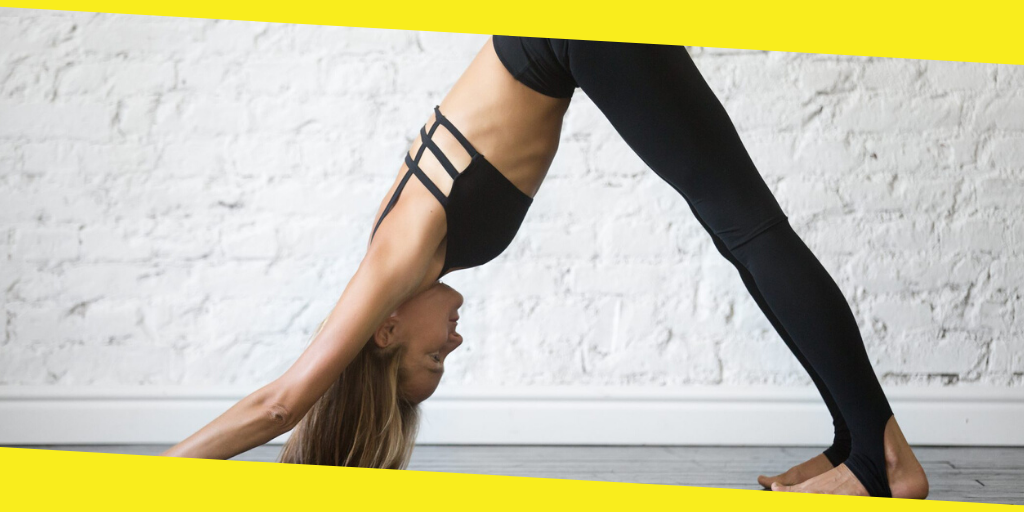Different Kind of Yoga Styles Which Improves the Overall Health

Yoga has succeeded in becoming one of the most popular physical practices in the world and there are legions of followers who swear by it. The benefits of yoga are well documented. People can expect to improve flexibility, strength, and balance with regular practice. Yoga also helps relieve stress and helps you relax. There is a wide range of yoga disciplines to choose from. However, this can be a bit confusing if you are a beginner.
Well, the general rule of thumb is to choose a style that matches your current fitness level and personality level. Knowing what you hope to achieve with your yoga practice will also help you focus on the style that works best for you. Firstly, you need to discover your intentions. Improvement of your health or is it to reduce stress and feel more relaxed and connect with your inner self. Here are some yoga practices to consider and improve the overall health.
Contents
Toggle1. Vinyasa
Vinyasa-style yoga is a combination of rhythmic breathing and a different fluid postures for an energetic workout of the body and the mind. It combines breathing with movement, vinyasa yoga is fast and fluid, perfect for those looking for something dynamic and athletic. Vinyasa yoga can also be called power yoga, depending on the gym or the studio. Expect to move with cheerful music, sweat and burn calories in this type of yoga. It is good for losing some weight, especially when combined with exercise. Since you will probably sweat a lot and there’s this issue of sweat stain and smell on the clothes, a pair of yoga wears will probably help you out. If you are a woman and you don’t want to stress changing your clothes every time you want to head out after a session then designed yoga wear for women might be a possible option.
2. Iyengar
Iyengar is a meticulous style of yoga, which emphasizes the correct form in a yoga pose. An Iyengar lesson usually provides a variety of yoga accessories (blocks, straps, reinforcements, blankets, etc.) to help each student find the right alignment. It is also generally taught without music and at a slower pace to help students deepen and maintain their postures for longer. This style of yoga is best for anyone suffering from a chronic injury or condition, as Iyengar teachers must undergo complete training to provide informed instruction.
3. Hatha
Hatha Yoga is a standard term that includes most yoga styles that combine breathing work and physical postures. It is a commonly used term though; it generally points to a gentle introduction to basic yoga for beginners and people who prefer a more relaxed style. You won’t get sweaty and tired after hatha yoga class and after a session, you should feel more relaxed and stretched.
4. Yin / Restorative
Yin yoga is a slow-paced style that should be meditative and relaxing. It is often interchangeable with “restorative” yoga, as they both use accessories to experiment with yoga in passive poses for several minutes. The goal is to stretch the connective tissue (tendons, fascia, and ligaments) to improve flexibility and increase circulation in the joints. Expect to maintain a longer than normal posture (three to five minutes). This lesson is great for relaxing after a long week or a weekend and is suitable for anyone who wants to feel rejuvenated and relaxed.
5. Ashtanga
Ashtanga is very similar to vinyasa yoga, in rigor and style, because the two tie the breath to the movement. Sometimes the two terms are used interchangeably, but traditional ashtanga is more structured. Expect the ashtanga to be hot, sweaty and physically demanding. It’s best to explore it if you’re used to intense training and aren’t destined for someone who is just starting to get more active.
You may like this
Recommended For You
Six Ways to Use CBD Tincture
Most Inside
Most Inside offers high-quality recommendations and valuable updates to enhance all aspects of your life, providing premium guidance and enriching experiences.




